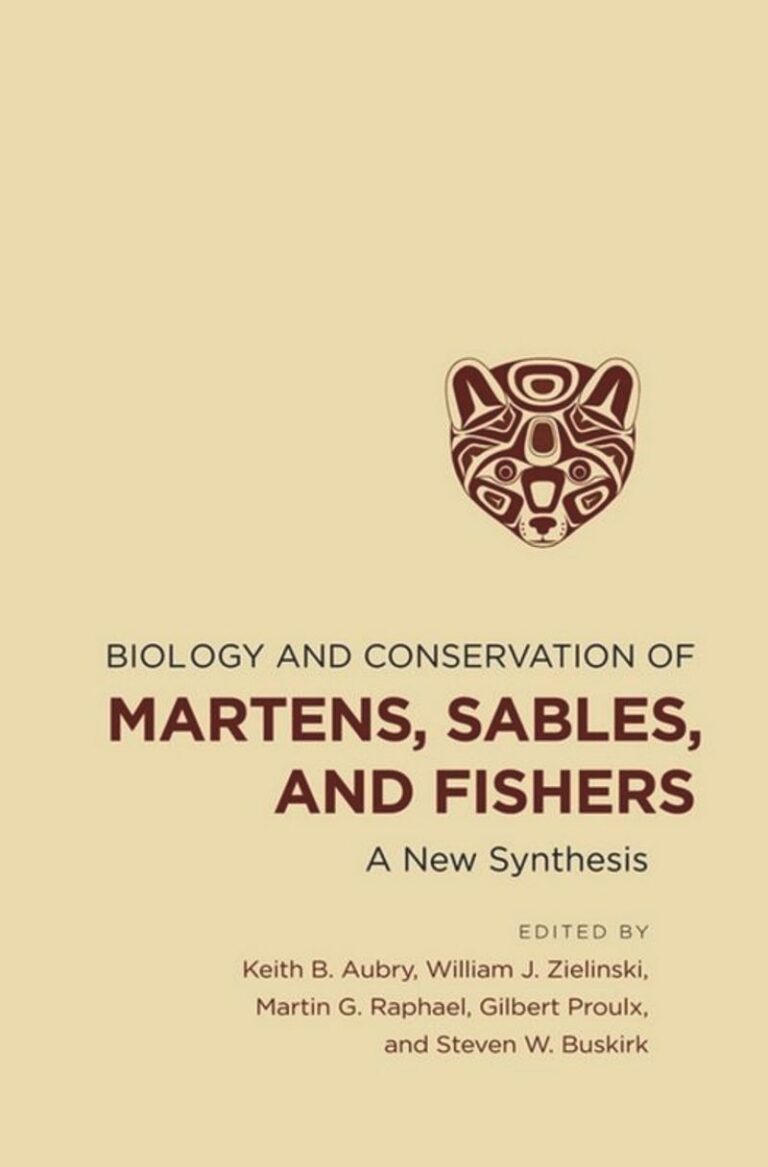*Note: This publication comes from a book chapter from Biology and Conservation of Martens, Sables, and Fishers: A New Synthesis (1st edition).
Conservation and management of Martes populations are increasingly informed by quantitative models that predict habitat suitability and population viability. Recent modeling efforts to support fisher (Martes pennanti) reintroduction plan- ning in the state of Washington (USA) and conservation of an isolated fisher population in the southern Sierra Nevada (California, USA) have integrated re- sults from empirical static habitat models, such as resource-selection functions, with those from dynamic population-viability and vegetation models. Additional methods have been developed to identify habitat linkages with potential impor- tance for maintaining interpopulation dispersal. While such modeling frame- works can be useful in integrating data on species distribution, demography, and vegetation response to disturbance, the associated increased data requirements may also increase uncertainty regarding model projections to different places or times. The costs associated with reintroductions generally justify the use of such models to inform the planning process before substantial resources are commit- ted. Given the challenges posed by increasing human demands on forest ecosys- tems, well-constructed quantitative models can be key tools for enhancing the success of wildlife conservation efforts, as long as model uncertainty is consid- ered explicitly, and model results are used for informing decisions rather than predicting outcomes.


